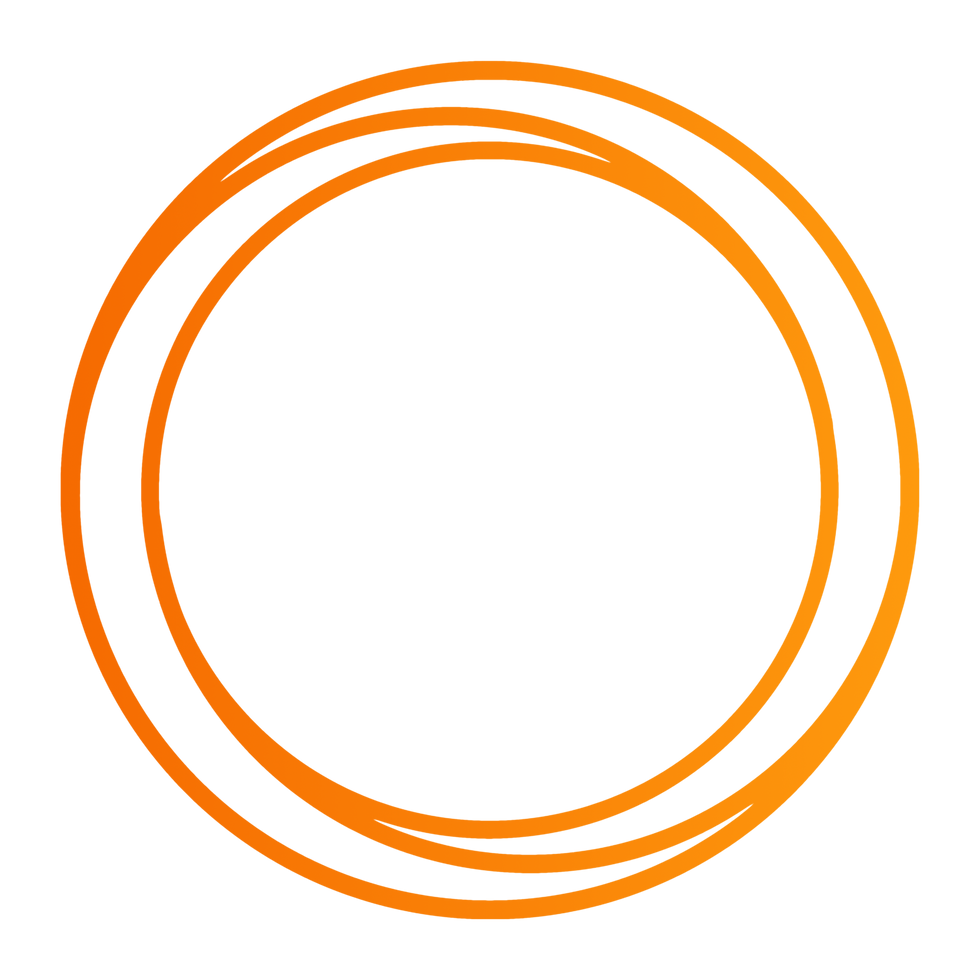The $10M to $50M Revenue Bridge: Why Most SaaS Companies Stall—and How to Cross It
- Big Wheel Performance

- Jul 31
- 2 min read
Updated: 4 days ago
Getting to $10M in ARR is a major milestone for any SaaS company. It usually means product-market fit is real, customers are renewing, and you’ve proven you can grow.
But here’s the catch: the systems that got you to $10M will break by $20M—and bury you by $50M.
Why? Because early-stage success is often built on hustle, heroics, and ad hoc processes. That might work for the first wave of growth, but it’s not a foundation you can scale on.
This is where the real test begins. This is the bridge between $10M and $50M—and most companies stall halfway across.
At Big Wheel Performance, we specialize in helping SaaS teams cross that bridge by transforming their Go-To-Market engine into something that’s built to scale. Here’s what that looks like.
1. From Generalists to Specialized Team Pods
In the early days, your sales team is likely made up of generalists—smart, scrappy reps who handle everything from prospecting to closing to onboarding.
But that model doesn’t scale.
As you grow, you need to break the team into pods aligned by customer segment, deal size, or vertical. That means:
Segmenting your team into hunters (AEs), farmers (CSMs), and SDRs
Tailoring messaging, playbooks, and SLAs by segment
Assigning enablement and management resources to each pod
This structure reduces inefficiencies, sharpens execution, and prepares your org for growth beyond individual heroics.
2. Comp Plans That Drive Long-Term Value
What worked at $5M—aggressive commissions on closed/won deals—starts to backfire as you scale.
You’ll see reps chasing bad-fit deals, pushing for discounts, or front-loading revenue. All of it leads to churn and chaos downstream.
To scale smart, your comp plans need to align with retention and lifetime value. That means:
Paying on revenue that sticks—not just bookings
Rewarding expansion, not just acquisition
Introducing team goals to encourage collaboration, not cannibalization
You can’t grow past $20M on closed/won alone. You need comp plans that incentivize sustainable revenue.
3. Marketing Should Feed Sales—Not Replace It
As you grow, marketing becomes more important—but not in the way most teams think.
Your marketing team shouldn’t replace outbound motion. It should fuel it. That means:
Creating content that supports complex sales conversations
Building lead scoring and intent data that guide SDR focus
Running campaigns that align with sales targets, not vanity metrics
The handoff between marketing and sales has to be seamless, strategic, and grounded in pipeline contribution—not just lead count.
Crossing the Chasm with Confidence
Most SaaS companies hit a wall between $10M and $50M because they try to scale the same systems that got them started. But the reality is this: what got you here won’t get you there.
At Big Wheel Performance, we help companies build scalable sales structures, implement smart comp plans, and align marketing to drive real growth.
The $10M to $50M bridge is where the next generation of category leaders is built—or broken.
Let’s make sure you cross it.

.png)



Comments